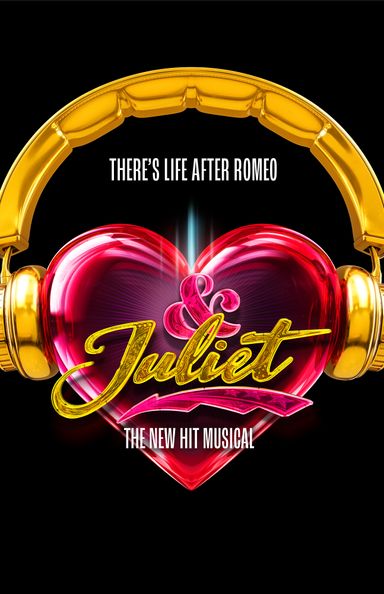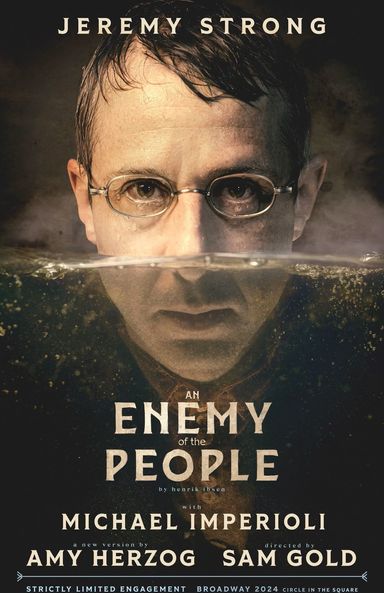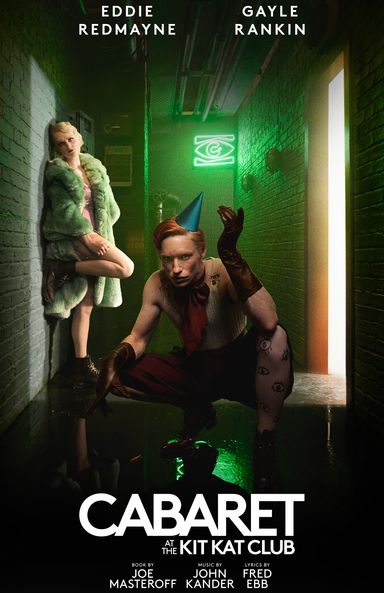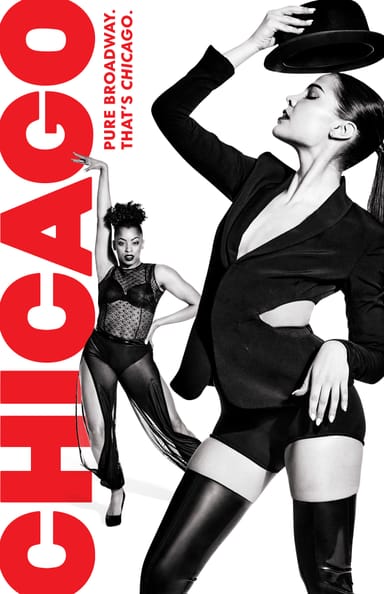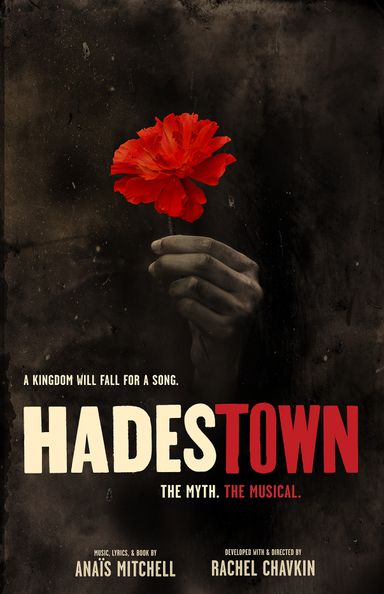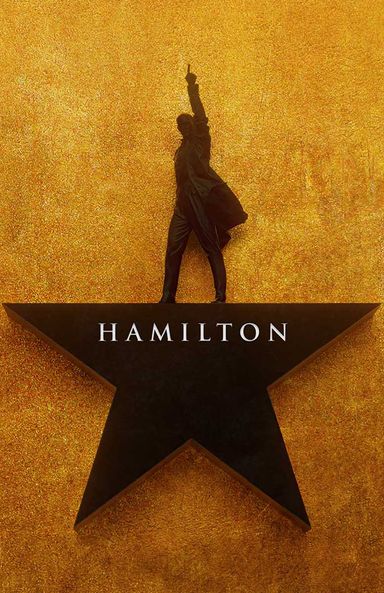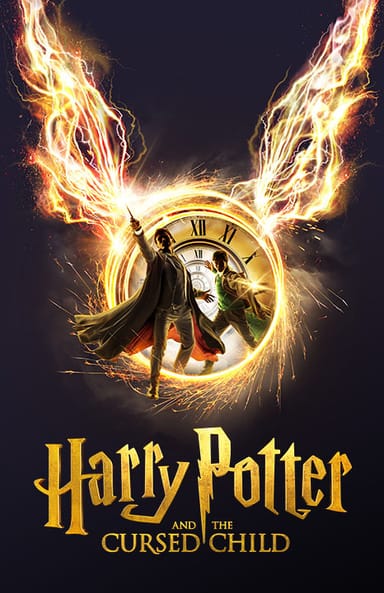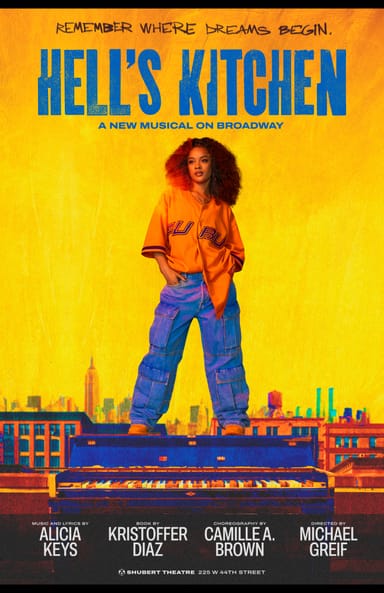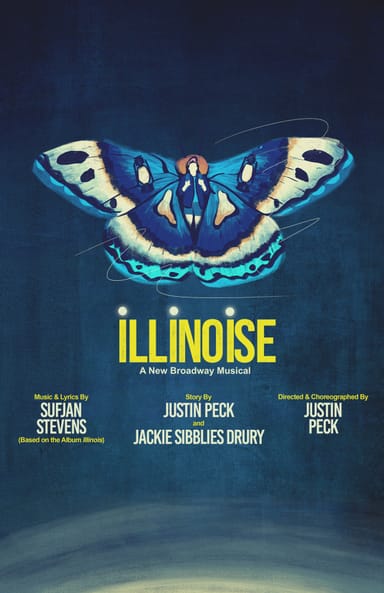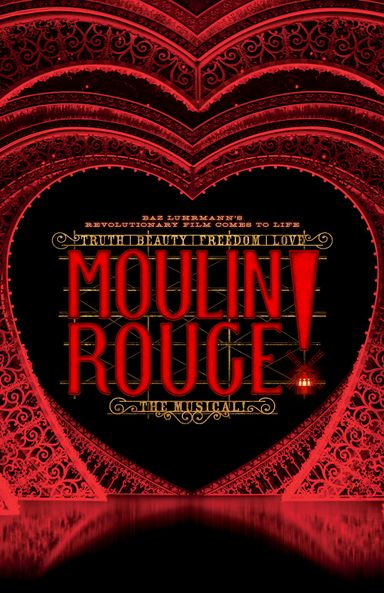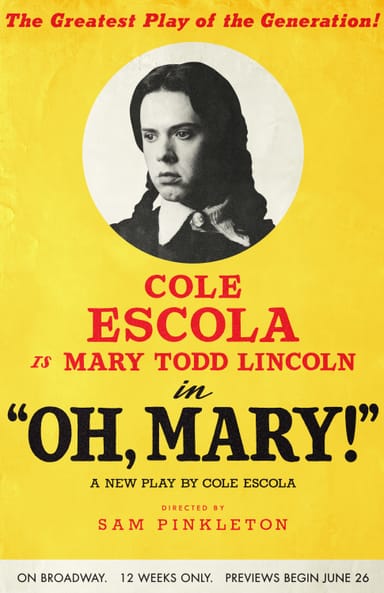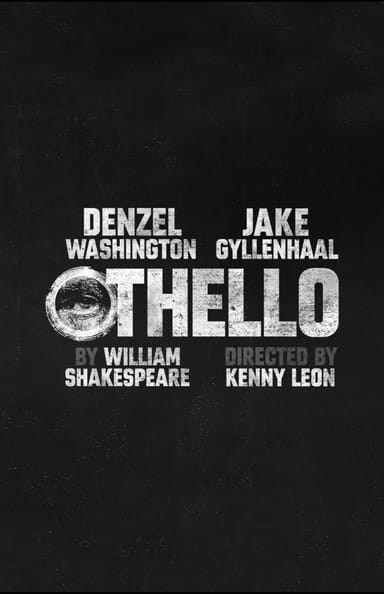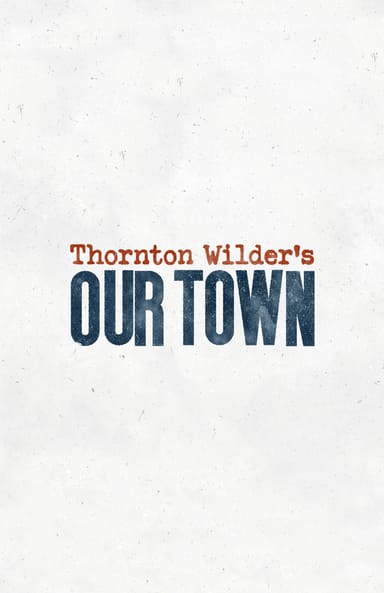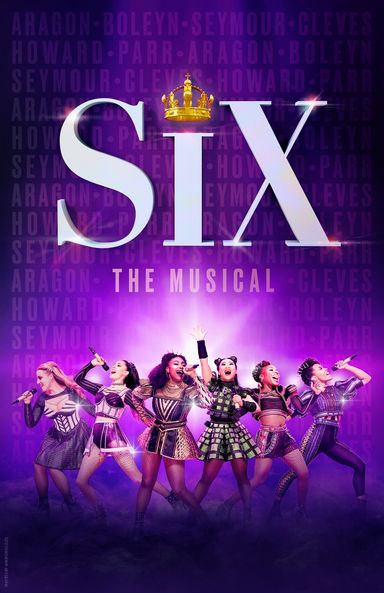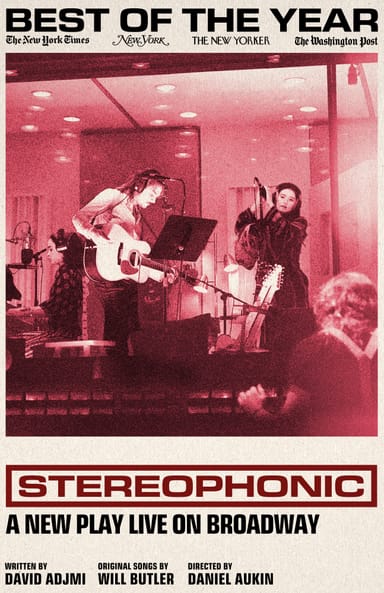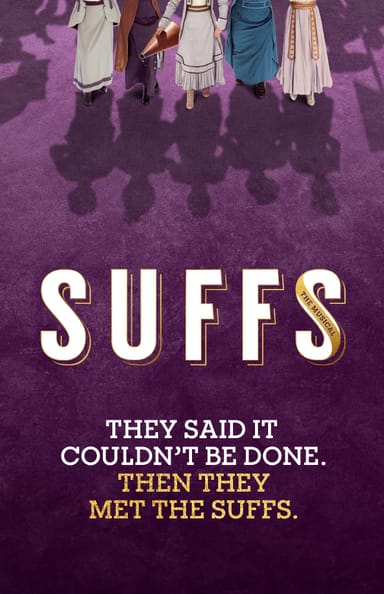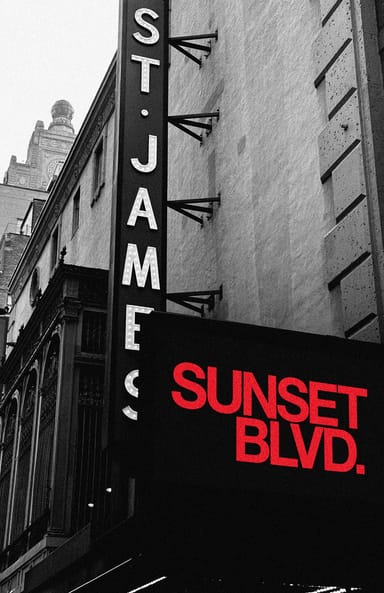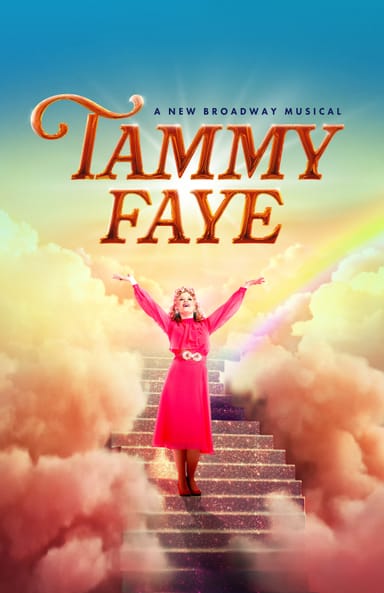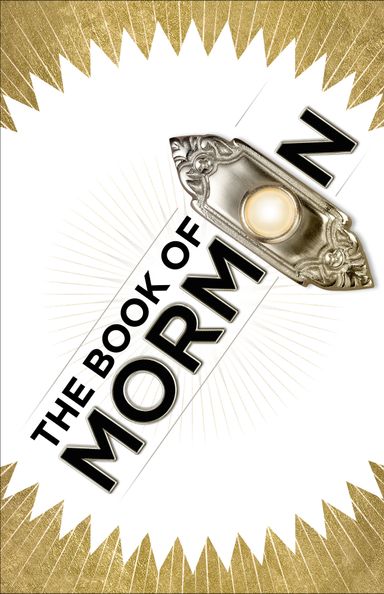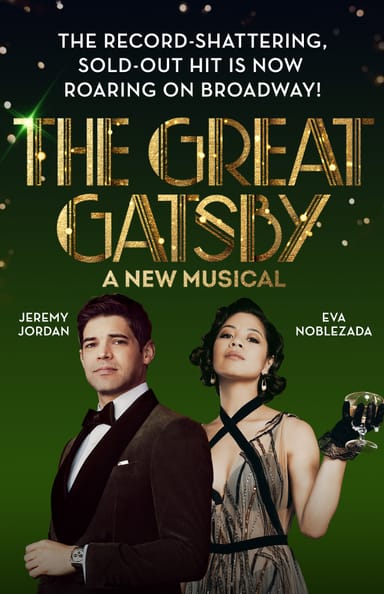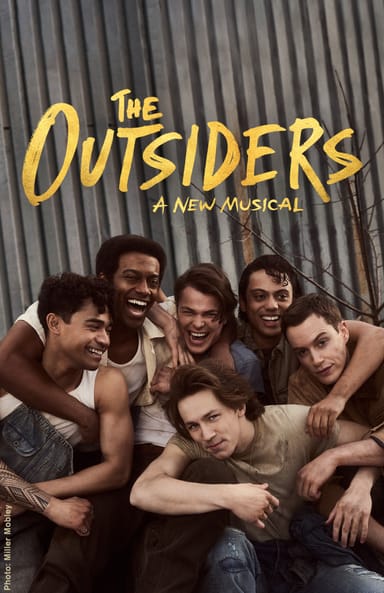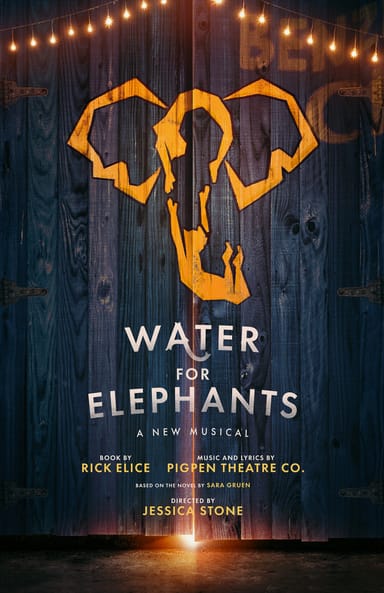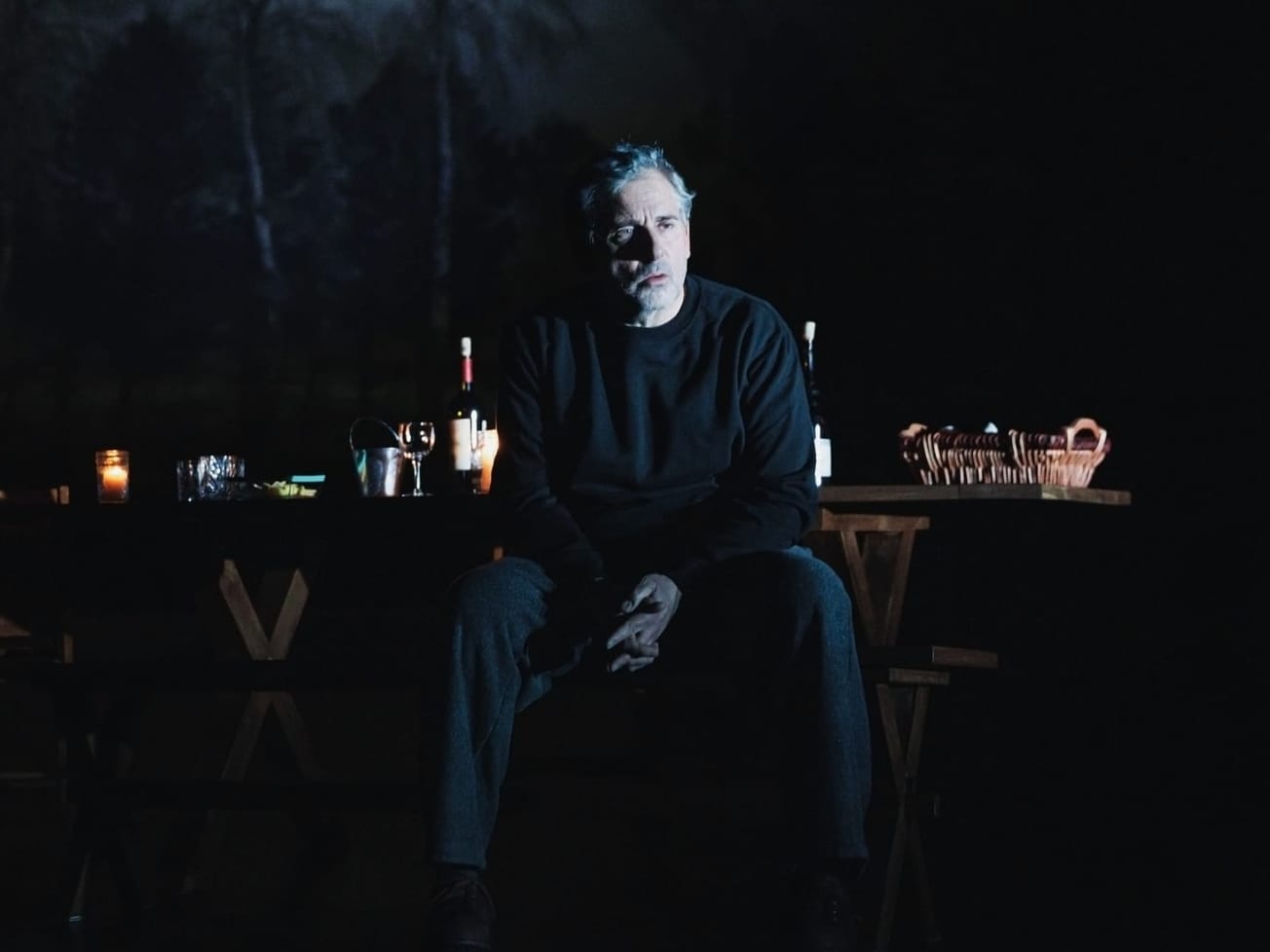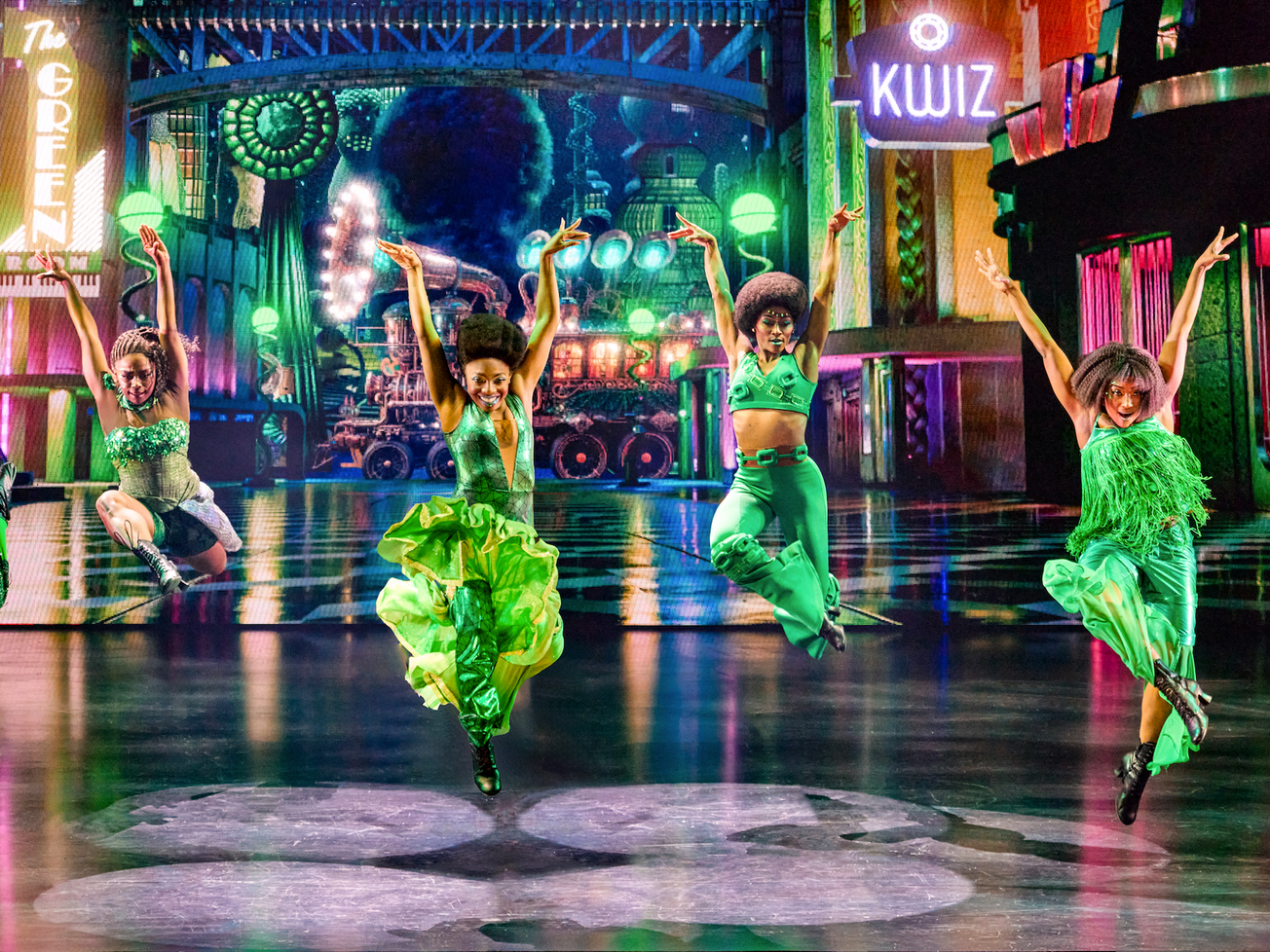“Broadway is Back!” We get told often we are there — or at least almost there. But producers of new works know the truth: Existing mega-brands are carrying the weight, and new work we all admire is suffering. For a long time now I have heard a frustration that so much advertising money is spent, but “Is it really working?”
Years ago, I sat on a stage facing 3,000 of the best designers in the country at a national creative conference, speaking alongside my client and longtime friend Jeffrey Seller about how we work together. To my surprise (and embarrassment), Jeffrey told the room that he didn’t think advertising really sold tickets — that great shows sold themselves. I wasn’t just going to roll over and die — onstage no less. I not-so-humbly responded that that was a convenient thing to say from a producer who had had the best branding around over the past decades. (This interchange is captured on video and lives online, but I am not going to just hand it to you. Google if you must.)

